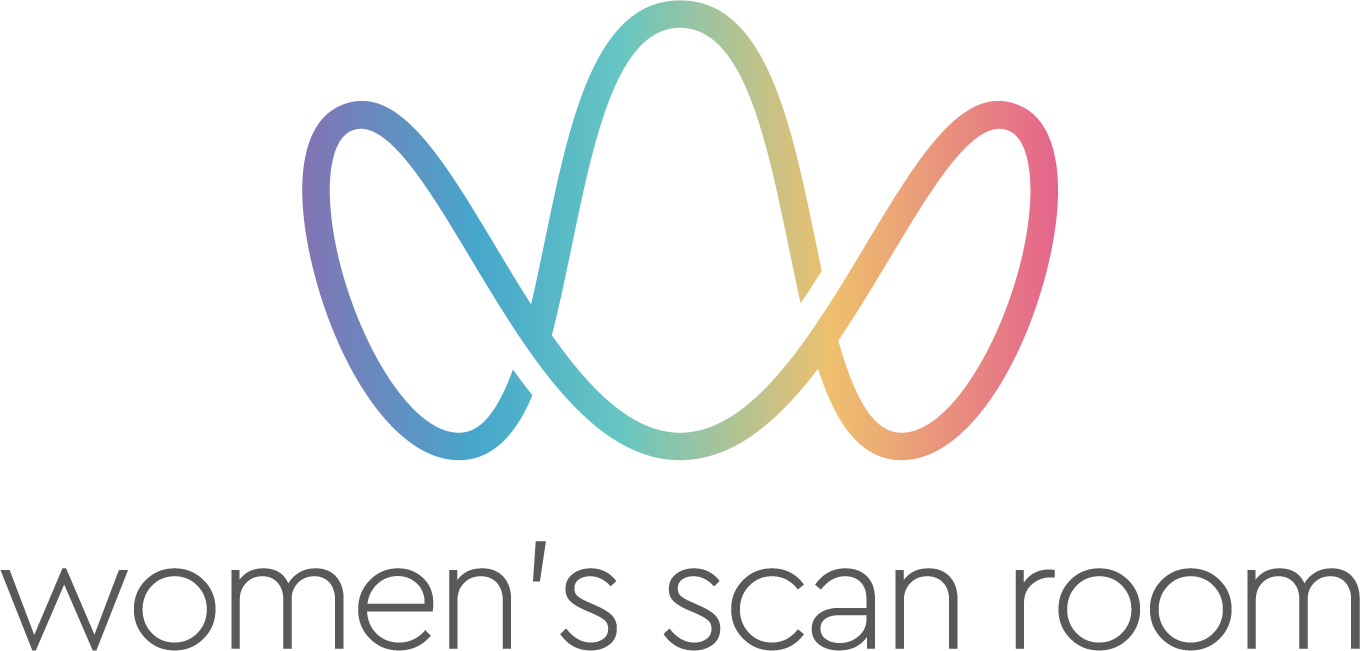
Fetal Assessment in 3D and 4D
In conventional 2D scanning only a thin slice of the fetus can be seen at any one time. The anatomy of the fetus is checked by looking at consecutive slices through the whole body. Although the image is very informative the picture does often not look like a baby. With 3D ultrasound a whole series of slices is taken and digitally reconstructed into a 3D image to produce life-like pictures of the fetus. 4D ultrasound just adds the element of time to the process which means that these life-like pictures can be seen to move in real time.
There is no doubt that when good views are obtained parents-to-be enjoy the 3D image of their baby as it moves in real-time. It must be said however that the wider benefits of 3D ultrasound in pregnancy are yet to be determined.
For the assessment of the fetal anatomy most sonologists still rely almost solely on 2D ultrasound and 3D or 4D ultrasound is switched on at the end of the examination for fun.
At Women’s Scan Room, we do our best under all circumstances to get good 3D images. However, there are several factors outside of our control which will determine the quality of the images.
Fetal position: Most people want to see their baby's face but we need a good position and a lot of fluid around baby's face. Some babies turn their back on us. Others cuddle up to the placenta or uterine wall, or hide behind their hands (and feet) making 3D and 4D imaging difficult.
Maternal tissue: The more tissue the sound waves need to travel through, the less contrast the resulting images have.
Fetal activity: It is fun to see the baby in motion with 4D ultrasound. On the other hand, the best still 3-D photo results come when baby is asleep or still.
Gestational development: The best 3D images are obtained around 28 weeks. The baby is bigger and there is a lot of fluid around the baby, but we try to get the best possible images at the midtrimester scan since most women don't need a 28 week scan.
